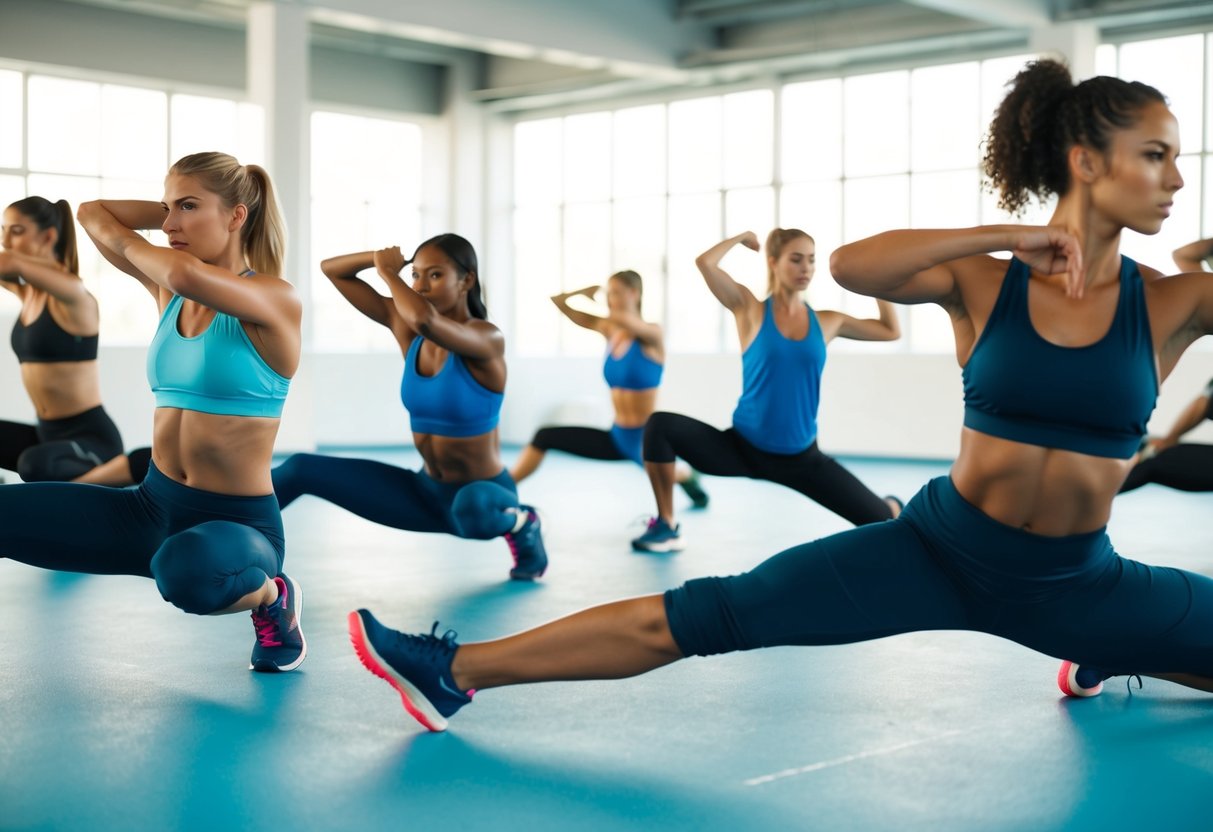
Sequencing Your Movements
Proper sequencing is crucial in a dynamic warm-up. It often starts with low-intensity activities such as jogging or skipping to increase heart rate and elevate body temperature. Following this, dynamic stretches are crucial to enhance flexibility and mobility.
Incorporating movements like leg swings, arm circles, and hip rotations targets multiple muscle groups. Gradually increasing the complexity and range of motion of exercises, individuals can effectively prepare their body for intense activities. This approach ensures muscles are activated and ready for the demands of a workout, reducing the likelihood of strains and injuries.
Tailoring to Specific Sports
Different sports require different movements, and a dynamic warm-up routine should reflect these needs. For sports like soccer or basketball, incorporating lateral movements and exercises that simulate game conditions can be beneficial.
For runners, focusing on dynamic stretches that target lower-body muscles such as lunges and bounding exercises can enhance performance. Tailoring movements to the specific motions and muscle groups used in a particular sport helps athletes enhance their performance by ensuring that all necessary muscles are properly engaged and ready. Customizing warm-ups to the sport improves not only physical readiness but also mental focus and coordination.
Correct Techniques for Dynamic Warm-Ups

Performing dynamic warm-ups with proper technique is crucial for enhancing workout effectiveness and minimizing injury risk. Key elements include maintaining correct form and posture, along with synchronized breathing to establish a smooth rhythm.
Form and Posture Fundamentals
Proper form and posture lay the foundation for effective dynamic stretches. It’s important to keep the spine neutral during movements like squats and lunges. This alignment helps prevent lower back strain and facilitates optimal power transfer. Feet should be shoulder-width apart for stability, with knees aligned over the toes to ensure safe joint mechanics.
Arms play a significant role in movements such as jumps or arm swings. They should move fluidly to help maintain momentum and balance. Keeping a relaxed stance allows for greater range of motion, further enhancing the effectiveness of each stretch. Attention to detail in posture ensures muscle engagement and reduces the risk of injury during the workout.
Breathing and Rhythm
Breathing techniques significantly influence the success of dynamic warm-ups. Coordinating breath with movement enhances oxygen flow, enabling better muscle performance and endurance. Inhale deeply through the nose during the preparatory phase of a movement, such as squatting or lunging.
Exhale through the mouth as you return to the starting position or during the exertion phase, like jumping. Establishing a consistent rhythm helps maintain energy levels and ensures the body stays relaxed and focused. A seamless interplay between breath and movement creates a fluid dynamic warm-up experience that primes the body for more intensive activity.
Warm-Up Routines for Different Fitness Levels
Dynamic warm-up routines vary based on fitness levels, offering flexibility through beginner modifications and challenges through advanced exercises. Tailoring warm-ups to individual abilities maximizes performance and reduces injury risks.
Beginners’ Modifications
For those new to exercise, starting with basic movements can prevent unnecessary strain. Begin with bodyweight squats, using the arms for balance. Focus on controlled movements and gradual range expansion.
Forward lunges are effective but should be done slowly to maintain stability. Concentrate on alignment, ensuring the knee doesn’t extend beyond the toes. Holding the pushup position builds core strength without the need to perform full pushups.
Each exercise should take about 30 seconds with a 20-second rest in between. Repeating this cycle two to three times allows beginners to safely enhance flexibility and strength.



